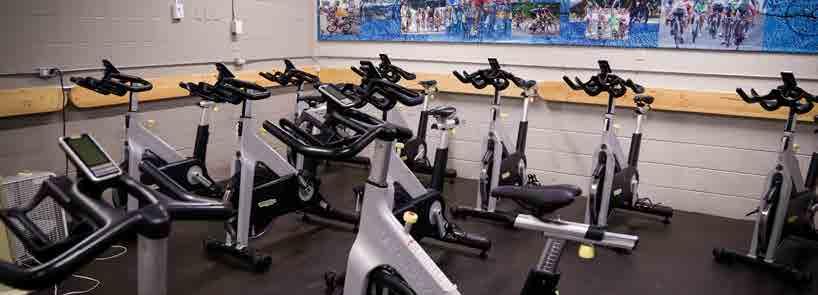
1 minute read
2.2 Broad Issues and Trends
Although many of these broader issues and trends were apparent in 2017, the pandemic and other circumstances have intensified their relevance in a recreation, parks, and leisure context.
The impacts of climate change are having a more pronounced impact on participation and seasonality as well as on the design and operations of both indoor and outdoor facilities and spaces. Minimizing the environmental impact / footprint of operations is a priority for many municipalities. This is driven both internally as well as externally with funding agencies such as the federal government including more stringent environmental impact reduction conditions on funding and support they offer. Related to climate is the impact that events have on infrastructure (such as the floods experienced in Okotoks) and the repair and investment they require to be dealt with and the use of recreation facilities and spaces as emergency management facilities in times of crisis. All of these have an impact on the planning and operation of recreation, parks and leisure assets.
Advertisement
Inclusion, diversity, equity, and accessibility were important considerations in 2017 and continue to be today. Recreation, parks and leisure services accrue many benefits in a community. Some benefits are direct to users of these services while others are indirect and apply to all residents, regardless of their participation. That being said, some facets of our communities can benefit more from having access to quality recreation opportunities; provision of service needs to consider this and target those who stand the most to benefit. These important services can also be a great medium for understanding, education, and connection.
Aging infrastructure in the recreation, parks and leisure sector has been an issue for the past 20+ years. It was highlighted as an important consideration in 2017 and continues to be today. Increased pressure to sustain and extend current service levels accompanied by inflationary pressures on repair costs and overall municipal budgets have widened the infrastructure deficits in many communities. It is vital that the Town plans to sustain existing service levels through prudent reinvestment and reserve budgeting in lockstep with planning to increase inventories to service expected growth.
In 2017 there was already a shift from structured group activities to spontaneous, individual pursuits. The pandemic accentuated this shift which lead to enhanced demands for outdoor spaces and places for activity. There is still a shift away from organized sport in many instances and for those that are still within sport, the gap between competitive and recreational participation is widening with the introduction of private youth sports leagues, sport academies, and specialized amateur training opportunities. There is a direct relation between this widening gap and affordability of participants.






